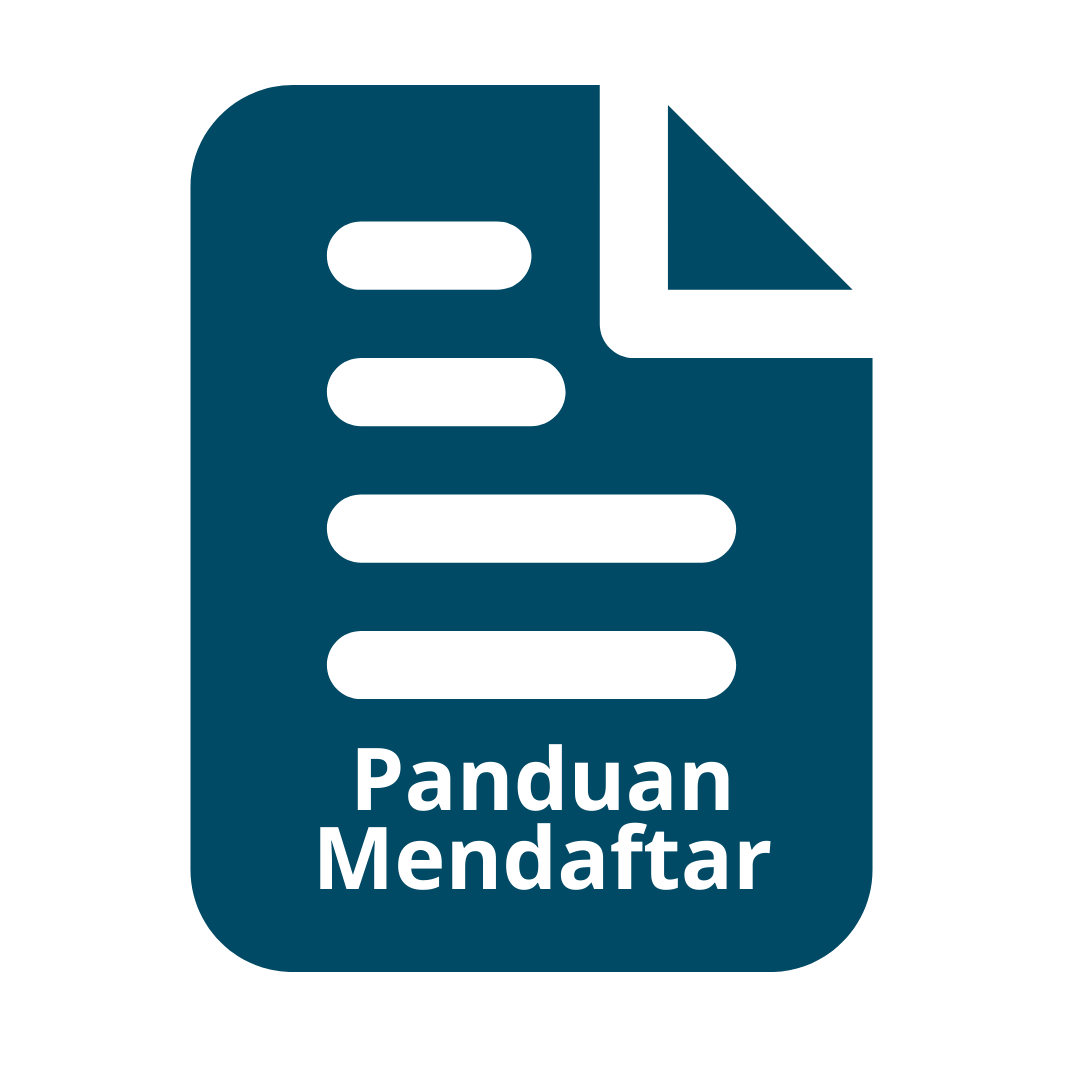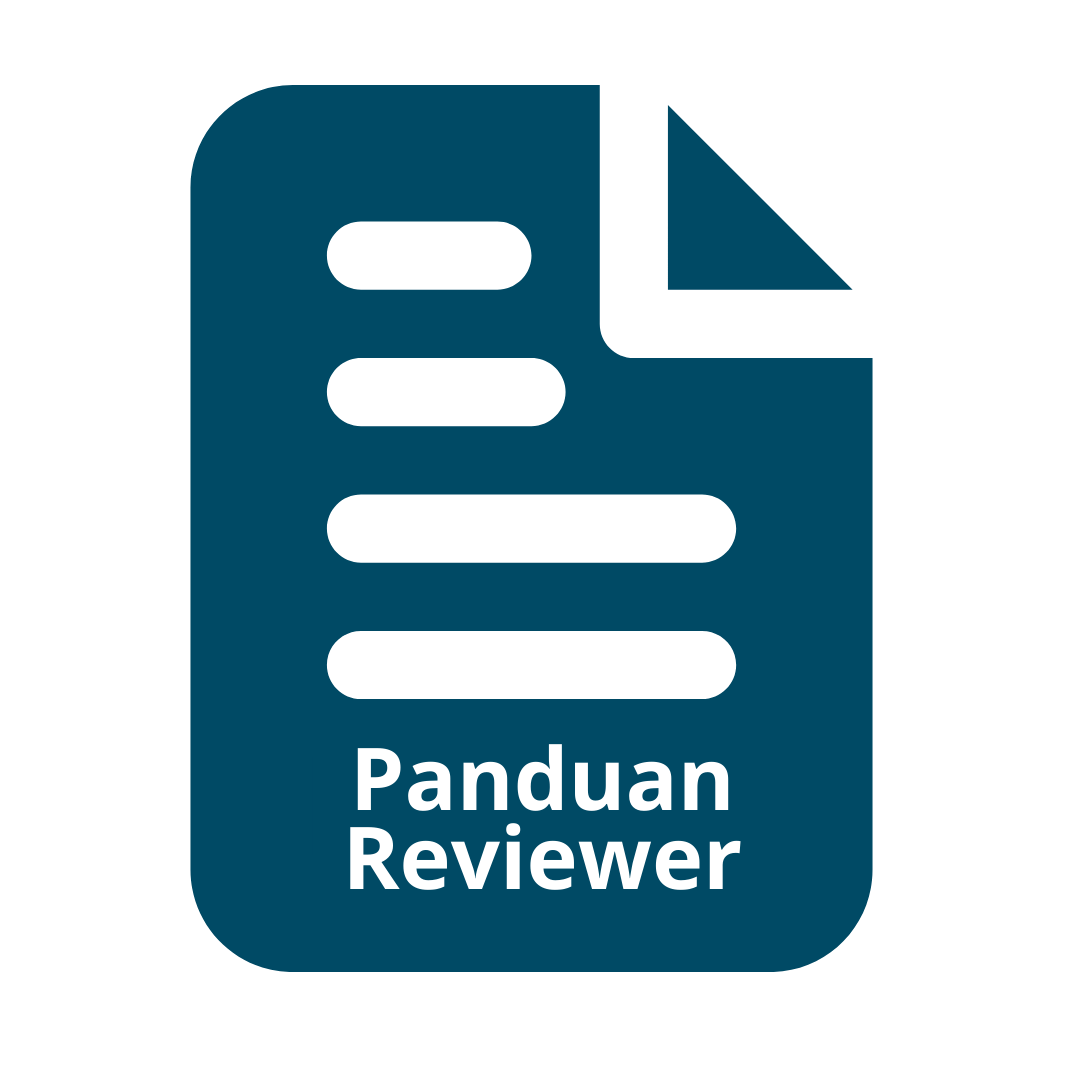THE EFFECT OF MYCORRIZA TO THE INCREASE OF PLANT HEIGHT AND STEM DIAMETER OF SENGON FROM VARIOUS SEED SOURCES
Abstract
The purpose of this study was to determine the effect of sengon breed stock and mycorrhiza in increasing plant height and stem diameter. This research was conducted from April 2019 to September 2019 at the Center for Research and Development of Biotechnology and Forest Plant Development in Yogyakarta. Two-factor complete randomized design with 3 replications were used in this study. First factor is seed source, namely I1 = 1-1-63-1, I2 = 1-8-77-4, I3 = Malang (Bulk), and I4 = Solomon (Bulk) and second factor is the dose of mycorrhiza, namely M0 = without mycorrhiza, M 1 = mycorrhiza 5 g/plant, M2 = mycorrhiza 10 g/plant, M3 = mycorrhiza 15 g/plant. Plant height and stem diameter were collected for data. Variance analysis (ANOVA) were used at α level 5% and continued with Duncan's Multiple Range Test (DMRT) at α level 5%. The results of the study showed interactions on combinations that were in line with mycorrhiza doses on plants height and stem diameter of 8 week after planting. Parent 1- 8-77-4 gives the best results on plants height. Seed source 1-8-77-4, 1-1-63-1, and Solomon (Bulk) gives the best stem diameter results. Mycorrhizae can increase plant growth in terms of plant height and diameter.
Keyword: mycorrhizae, gall rust disease, Sengon.
Keywords
Full Text:
PDFReferences
Andrianto, J. 2010. Pola Budidaya Sengon. Yogyakarta: Arta Pustaka.
Ardiansyah, T. 2017. Pohon Sengon (Paraserianthes falcataria): Budidaya, Jenis,dan Keuntungan. http://foresteract.com/pohon-sengonparaserianthes-falcataria/. Diakses pada tanggal 9 Januari 2019 pukul 15.43 WIB.
Bolan, N.S. 1991. A critical review on the role of mycorrhizal fungi in the uptake of phosphorus by plants. Plant Soil. Vol. 134: 189 207.
Hasanudin. 2003. Peningkatan ketersediaan dan serapan N dan P serta hasil tanaman jagung melalui inokulasi mikoriza, azotobakter dan bahan organik pada Ultisol. Jurnal Ilmu Pertanian Indonesia. Vol. 5(2): 83 89.
Hendrati, R. L., & S. H. Nurrohmah. 2016. Penggunaan rhizobium dan mikoriza untuk pertumbuhan Calliandra calothyrsus unggul. Jurnal Pemuliaan Tanaman Hutan. Vol. 10(2), 71-81
Hidayat, J., D. Iriantono, & P. Oshsner 2002. Informasi Singkat Benih. Bandung:Forest Seed Project.
Ismayanti, W., Toekidjo., & B. Hadisutrisno. 2013. Pertumbuhan dan tanggapan terhadap penyakit karat (Puccinia kuehnii) sembilan klon tebu (Saccharum officinarum L.) yang diinfeksi jamur mikoriza arbuskular. Vegetalika. Vol. 2(4), 75-87.
Kabirun, S. 2002. Tanggap padi gogo terhadap inokulasi mikoriza arbuskula dan pemupukan fosfat di entisol. Jurnal Ilmu Tanah dan Lingkungan. Vol. 3(2): 49 56.
Muis, A., D. Indradewa, & J. Widada. 2013. Pengaruh inokulasi mikoriza arbuskular terhadap pertumbuhan dan hasil kedelai (Glycine max (L.) Merrill) pada berbagai interval penyiraman. Vegetalika. Vol 2(2), 7-20.
Musfal. 2008. Efektivitas cendawan mikoriza arbuskula (CMA) terhadap pemberian pupuk spesifik lokasi tanaman jagung pada tanah Inceptisol (Tesis). Medan: Universitas Sumatera Utara.
Prasasti, O.H., I.P. Kristanti, & N. Sri. 2013. Pengaruh Mikoriza Glomus fasciculatum Terhadap Pertumbuhan Vegetatif Tanaman Kacang Tanah yang terinfeksi Sclerotium rolfsii. Jurnal Sains dan Seni POMITS. Vol 2(2), 2337-3520.
Putri, A. O. T., B. Hadisutrisno, & A. Wibowo. 2016. Pengaruh inokulasi mikoriza arbuskular terhadap pertumbuhan bibit dan intensitas penyakit bercak daun cengkeh. Jurnal Pemuliaan Tanaman Hutan. Vol. 10 (2), 145-154.
Simanungkalit, R.D.M., D.A. Suriardikarta, R.D. Saraswati, Setyorini, & W. Hartatik. 2006. Pupuk Organik dan Pupuk Hayati. Bogor: Balai Besar Litbang Sumber Daya Lahan Pertanian.
Smith, S.E., F. A. Smith, & I. Jakobsen. 2003. Mycorrhizal Fungi can Dominate Phosphate Supply to Plants Irrespective of Growth Responses. Plant Physiology. Vol 133, 16-20.
Soerianegara , I. & R.H.M.J Lemmens. 1993 Plant resources of South-East Asia 5(1): Timber trees: major commercial timbers. Wageningen: Pudoc Scientific Publishers.
Suharti,N., T. Habazar, N. Nasir, Dachryanus & Jamsari. 2011. Induksi ketahanan tanaman jahe terhadap penyakit layu Ralstonia solanacearum ras 4 menggunakan fungi mikoriza arbuskular (FMA) indigenus. J. HPT Tropika, 11(1), 102-111.
Susanti, A., M. Faizah, & R. Wibowo. 2018. Uji infektifitas mikoriza indigeneous terhadap tanaman kedelai terinfeksi Phakopsora pachyrhizi Syd. Seminar Nasional Multidisiplin 2018. Jombang: UNHAWA.
Talaca, H. 2010. Status Cendawan Mikoriza Vesikular Arbuskular (MVA) Pada Tanaman. Prosiding Seminar Pekan Serealia Nasional. Balai Penelitian Tanaman Serealia, Sulawesi Selatan. ISSN : 978-979-89-40-29-3.
Tarafdar, J.C. & A.V. Rao. 1997. Response of arid legumes to VAM fungal inoculation. Symbiosis. Vol. 22: 265 274.
Trubusid. 2008. Trubus majalah pertanian Indonesia dari timur menggapai langit.http://www.trubus-online.co.id. Diakses pada tanggal 12 Maret 2019.
Wright, S.F. and A. Uphadhyaya. 1998. Survey of soils for aggregate stability and glomalin, a glycoprotein produced by hyphae of arbuscular mycorrhizal fungi. Plant Soil. Vol. 198: 97 107.
DOI: https://doi.org/10.31315/agrivet.v26i1.4307
DOI (PDF): https://doi.org/10.31315/agrivet.v26i1.4307.g3210
Refbacks
- There are currently no refbacks.
Indexed by:









